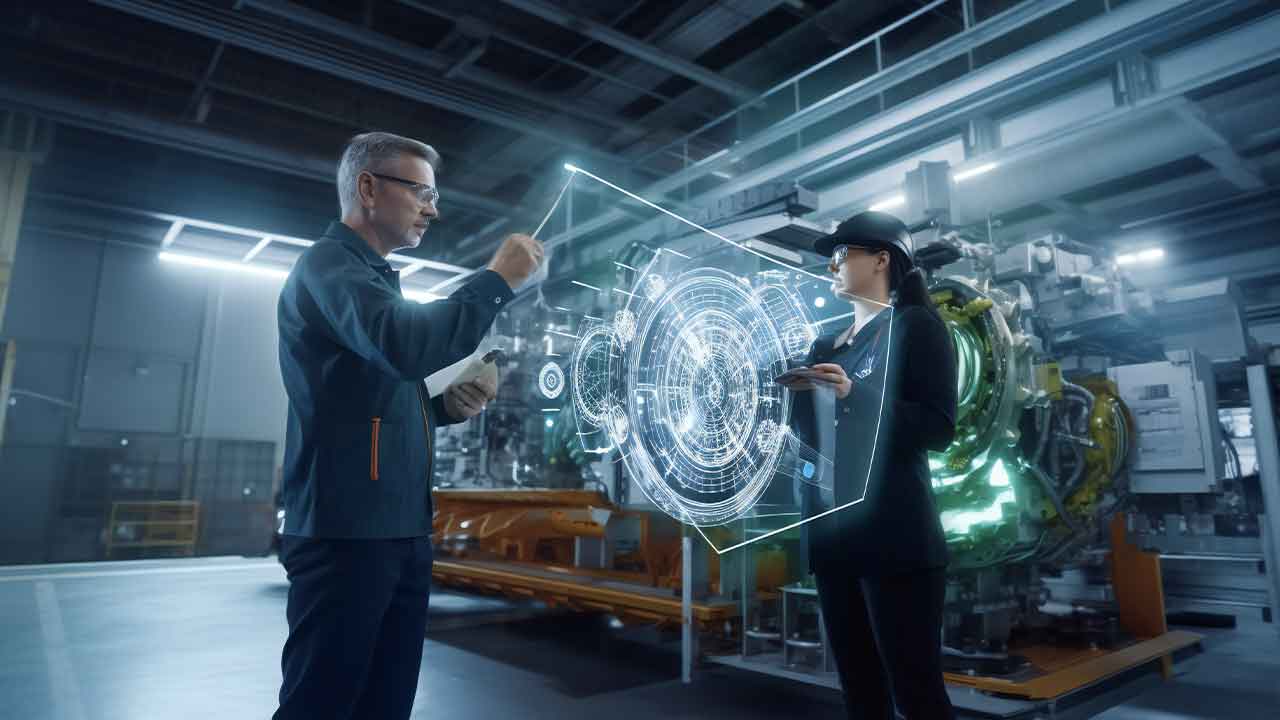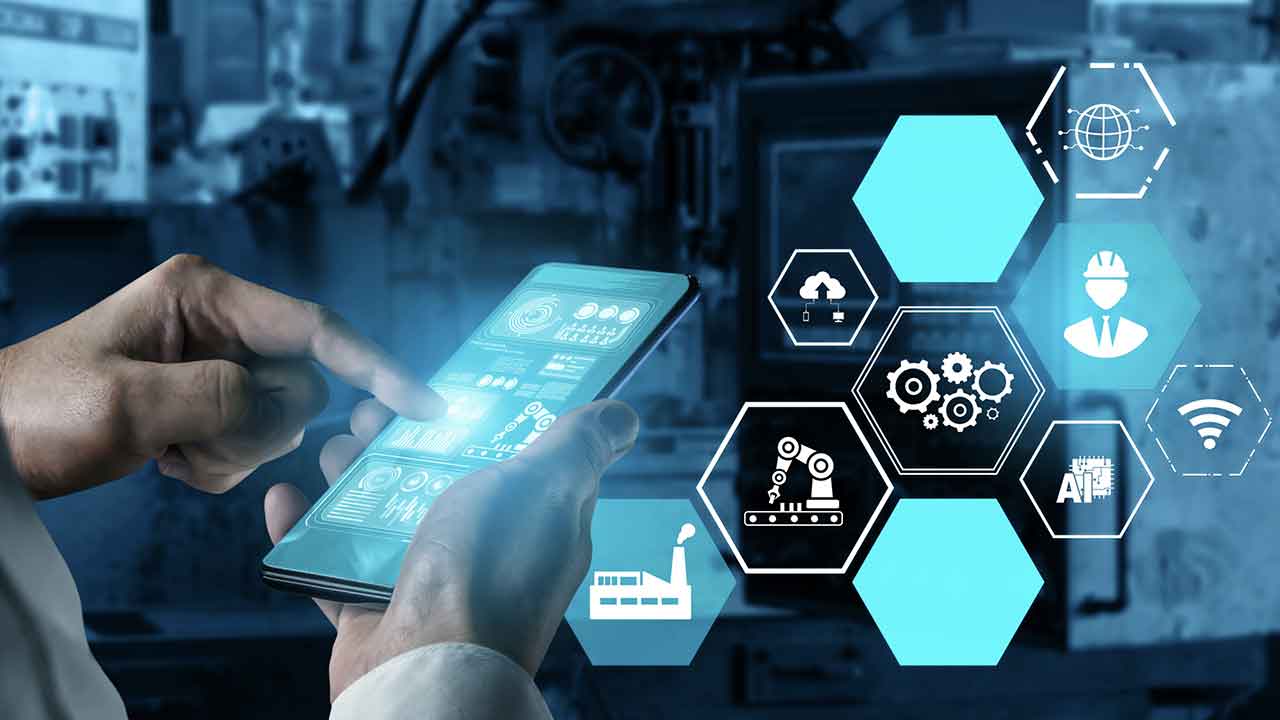The Silent Barriers to Industrial Competitiveness | SPONSORED
At Hannover Messe 2025, industrial competitiveness emerged as a dominant theme, sparking discussions beyond technology. While manufacturers continue to face rising complexity, the real constraints may not be what you expect.
Barbara Frei, EVP of Industrial Automation at Schneider Electric, points to a combination of overlooked issues that quietly erode industrial performance: mindset, workforce readiness, and siloed execution. Technology may be advancing rapidly, but it’s not enough.
Three Moves That Still Define Competitiveness
There’s a proven sequence that sets the foundation for long-term performance:
- Optimize operations
- Digitize processes
- Decarbonize through electrification
This progression improves efficiency and sustainability, directly impacting agility and market relevance. Yet many organizations stall early, not because the tools don’t exist but because internal resistance or a lack of talent makes transformation harder to operationalize.
Automation Is Evolving. Not Everyone Is.
At the heart of modern manufacturing is software-defined automation—a flexible, open approach that frees manufacturers from the limitations of hardware-bound systems. This allows data to flow seamlessly from machine to business layers and enables faster adaptation to changing market demands.
A key advantage of software-defined systems is the ability to update software without needing to change the hardware—and vice versa. This flexibility enables manufacturers to adapt quickly to shifting demands, not just in daily operations but across long-term system upgrades.
When the Factory Floor Becomes a Digital Platform
Schneider Electric’s demos at Hannover Messe show how new architectures are turning disruption into strategic advantage. From end-to-end digital coffee roasting to dairy automation that embeds logic directly in drives, the point is clear: it’s not just about automation—it’s about intelligence at every layer.
One standout capability is enterprise visualization, which gives operators a clear, real-time view of production KPIs, asset status, and even live camera feeds of critical equipment. This isn’t about more data—it’s about actionable context.
The Cultural Gap: Still the Biggest Risk
According to Barbara Frei, one of the most persistent blind spots is organizational resistance to collaboration. Digital transformation demands cross-functional alignment—from R&D and procurement to plant operations. Yet too many companies still approach transformation in silos.
Without executive sponsorship, program structure, and shared accountability, digital investments risk becoming expensive one-offs with limited impact.
Sponsored by Schneider Electric
About the author
Lucian Fogoros is the Co-founder of IIoT World



